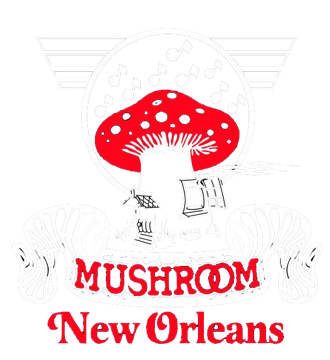Jazz. Creole cuisine. Mardi Gras. And...tobacco?
That's right. In addition to New Orleans's role in the culinary and musical aspects of Louisianan cultural heritage, for much of its history the town has also been known for tobacco. And why not? After all, what were people in oyster bars supposed to do after enjoying tasty bivalves but light up a cigar or cigarette, ideally one that has been hand-rolled with Louisiana's own dark and spicy blend of perique tobacco?
Whether lauded as a gift from the gods or feared as a carcinogen, tobacco has had a substantial impact on the history of New Orleans.
A Long History of Tobacco
People in the Americas have been smoking tobacco since around 5,000 BC. After colonists arrived in the 1500s, Europeans also adopted the habit.
In 1492, the inhabitants of an island of the Bahamas gave Columbus tobacco. "The natives brought fruit, wooden spears, and certain dried leaves which give off a distinct fragrance," Columbus wrote in his journal, and it wasn't long before tobacco became the biggest European trend since powdered wigs. In 1611, English settler John Rolfe, soon to wed Pocahontas, became the first of the new settlers to successfully grow tobacco for export in the colonies.
American Colonists Cash In on Tobacco
In New Orleans, French settlers also tried to grow tobacco, but the climate of the region proved too wet and humid to permit it to flourish very well. Instead, sugarcane and cotton were the main plantation crops, and there were only a few scattered tobacco farms. In the 1800s, though, the farmer Pierre Chenet observed how the Choctaw and Chickasaw tribes cultivated tobacco, using pressure-fermenting, and he introduced this form of tobacco to the world. Called perique, it is produced in St. James Parish, Louisiana, and its dark and richly flavored leaves continue to be in demand around the world.
New Orleans may not have been the best spot to grow tobacco. But thanks to its enviable location at the mouth of the Mississippi River and its destination as a major port city, New Orleans became a major hub for trade in cotton, sugar, molasses, and tobacco. The five-story La Belle Creole Cigar & Tobacco Factory had more than 1,000 workers who rolled 42 million cigars in 1892 alone, a job that could be quite lucrative.
"Left-handed girls and quick-eyed girls and girls with lusty noses are the girls who can get rich making cigars in New Orleans," averred The Times-Picayune of August 5, 1928.
From 1880 to 1930, New Orleans was one of the cigar capitals of the nation. In 1928, the city boasted 18 cigar factories, most in the business district and the French Quarter.
Tobacco in the Twenty-First Century
In the late twentieth century, tobacco use declined and perique production almost stopped after cigarettes were found to cause cancer. But the status of New Orleans as a cigar mecca has not faded altogether. Perique has enjoyed a resurgence, with many viewing its cultivation and production as an artisanal craft worth preserving. And although smoking in New Orleans bars was outlawed in 2015, you can find a dozen or more cigar bars in the greater New Orleans area. Moreover, the same mild, humid, and subtropical climate that makes tobacco hard to grow also makes it a pleasure to smoke outdoors most of the year.
That concludes our history lesson. Drop by Mushroom New Orleans any day from 10 a.m. to midnight to chat with us about history, tobacco, and maybe also the ten things every cigar smoker should know.



Leave a comment